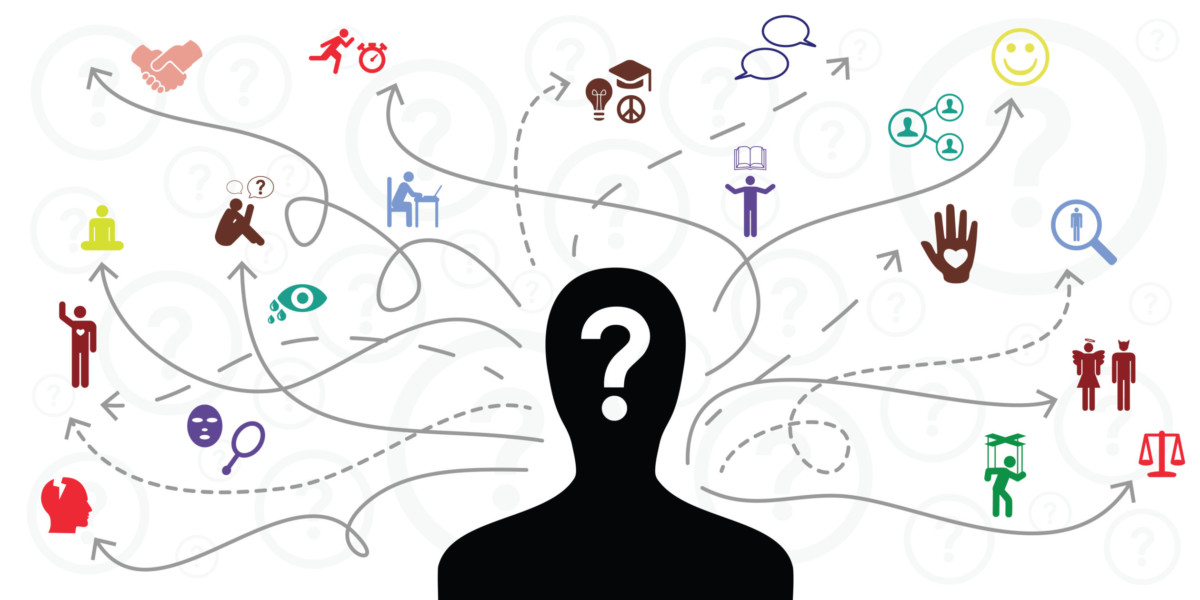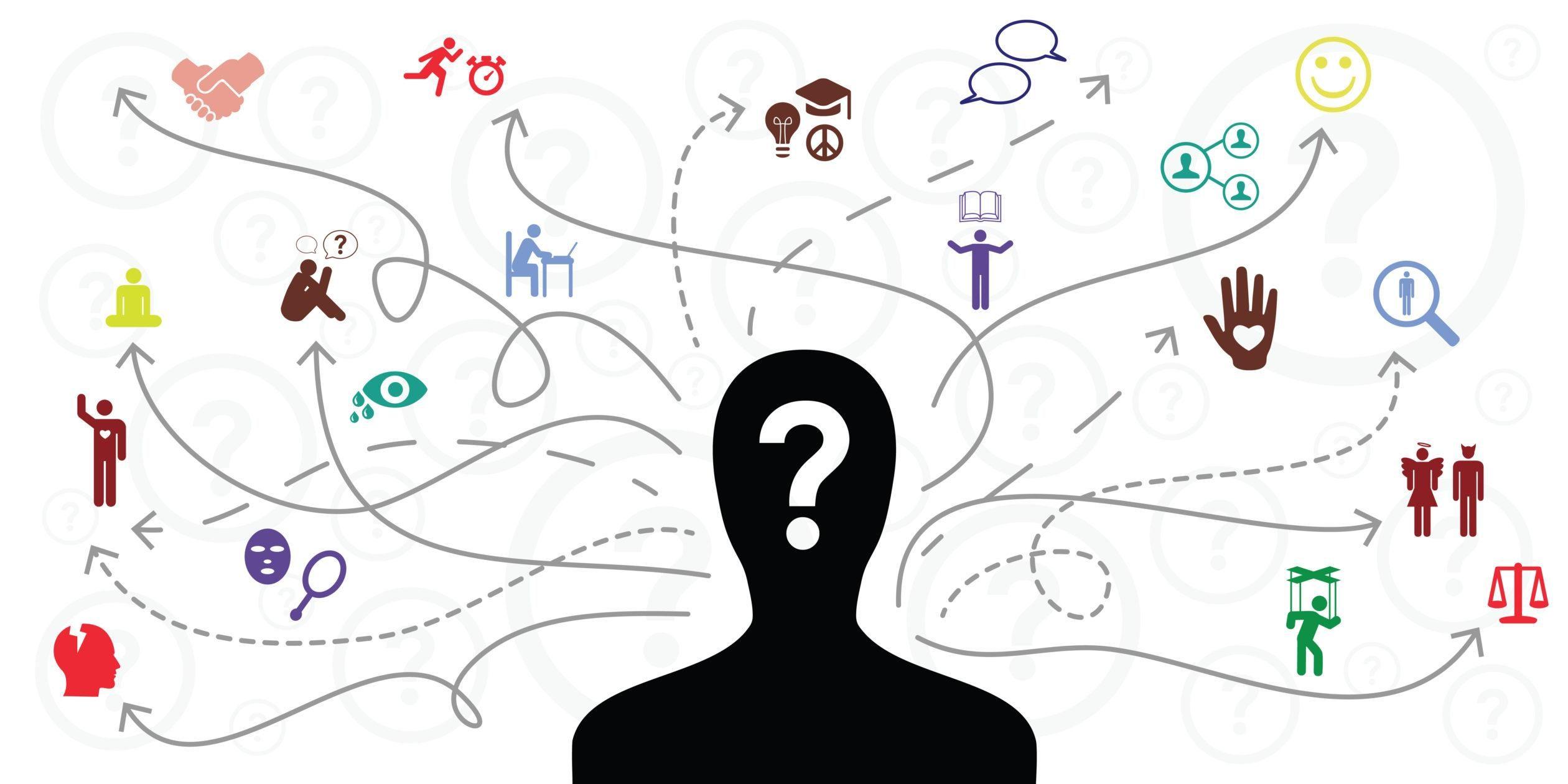
Do you know your customers? I don’t mean knowing how much they have spent this year or when they purchased for the last time. Although that is very important information, I refer to a much deeper knowledge. I mean knowing their fears, motivations, their favourite communication platform or understanding where their position is on the customer journey.
Having a comprehensive understanding of your customers is key to achieving your core business goals. Whether you’re trying to build a customer experience, write more engaging content or increase sales. Knowing your customers better than they do is key. But how can you learn about them?
In this article I put together the main techniques you can apply.
Create Customer Personas
Customer personas are fictitious, specific, concrete presentations of target users. They put a face on the user – a memorable, engaging, and actionable image that serves as a design target. Personas have many benefits. First of all they make assumptions and knowledge about users explicit, creating a common language. They also allow you to focus on a small set of specific users, helping you make better decisions. Finally they engender interest and empathy towards users. In other words, personas help you, your team and organization to move away from being product focused and to become more customer centric. Your communication becomes more personal, your offers and messages get more relevant, all this resulting in higher engagement rate and customer loyalty.
Enrich your Customer Data
Dirty data is the nightmare (and reality) of many organizations. Many customer databases are incomplete, inconsistent or inaccurate resulting in failed communication and lower productivity. Data enrichment is the process of incorporating new updates and information to an organization’s existing database to improve its accuracy. It allows you to get more intelligence and insight into your customers and lets you improve business decisions, promote customer engagement and ultimately generates increased revenue by allowing you to better target your best customers.
Integrate and Visualize All your Customer data
Customer Data Platforms (or CDP’s) have been around for a while and they are a hot topic but few marketers know what they are exactly and more importantly how they can help them.
The CDP Institute defines the Customer Data Platform as “packaged software that creates a persistent, unified customer database that is accessible to other systems.” It is similar to a data lake or data warehouse, but being packaged it is much easier to deploy and change so it can be directly controlled by marketing. Online and offline data is captured from multiple sources, in order to create a comprehensive, 360° view of each customer. Anagraphic and behavioural data from your CRM, eCommerce websites, POS systems, website or social media are integrated and unified. Suddenly the true personality, spending power and habits, likes and dislikes of your customers are gathered on a single platform, so you understand trends and you can start planning more strategic campaigns addressing those trends.
Segment, Segment, Segment
Integrated and unified customer data is pretty useless without segmentation. But what is it exactly? It is the process of dividing your customers into groups based on similarities. This can be an anagraphic value, like the city they live in, behavioural value, like how often or how regularly they purchase or engage with your Instagram page or monetary, like how much they spend with your brand. There are different customer segmentation techniques, but probably one of the most interesting ones is the RFM analysis. It is based on the customers historical transactional data and focuses on 3 aspects: recency, frequency and monetary. With an RFM segmentation you can divide your customers into dynamic clusters and design very relevant and personalized campaigns. Clearly you need different incentives for a “Loyal Customer” or for one who is “Hibernating”. Equally a “New Customer” would be offered a different reward then one from the “Customer at Risk” group. Finally your marketing team can base its campaigns and make strategic decisions on real time customer data.
Design a Customer Journey Map
We are all on a journey and so are our customers. This romantic statement is valid for B2B and B2C customers alike. Starting from the awareness stage they move to the stage of consideration, decision, delivery & use and finally to loyalty & advocacy. As they interact with your business at your website, social media page, your store or talking to your helpdesk, your task is to ensure customer experience excellence at all these touchpoints.
The best way to achieve this is to visualize their interactions with your business or brand by building a customer journey map. Breaking down the journey stage by stage and aligning each step with your customer goals is like walking a mile in your customers’ shoes.

Head of Sales and Marketing
Zsuzsanna Csuthi is Head of Sales and Marketing, overseeing strategic development, global sales and marketing for the company. Zsuzsanna joined AI6 in September 2019 as Head of Strategic Development, and previously held international sales management positions at multinational companies like General Electric, Axis Communications and Motorola Solutions.

Head of Sales and Marketing
Zsuzsanna Csuthi is Head of Sales and Marketing, overseeing strategic development, global sales and marketing for the company. Zsuzsanna joined AI6 in September 2019 as Head of Strategic Development, and previously held international sales management positions at multinational companies like General Electric, Axis Communications and Motorola Solutions.



